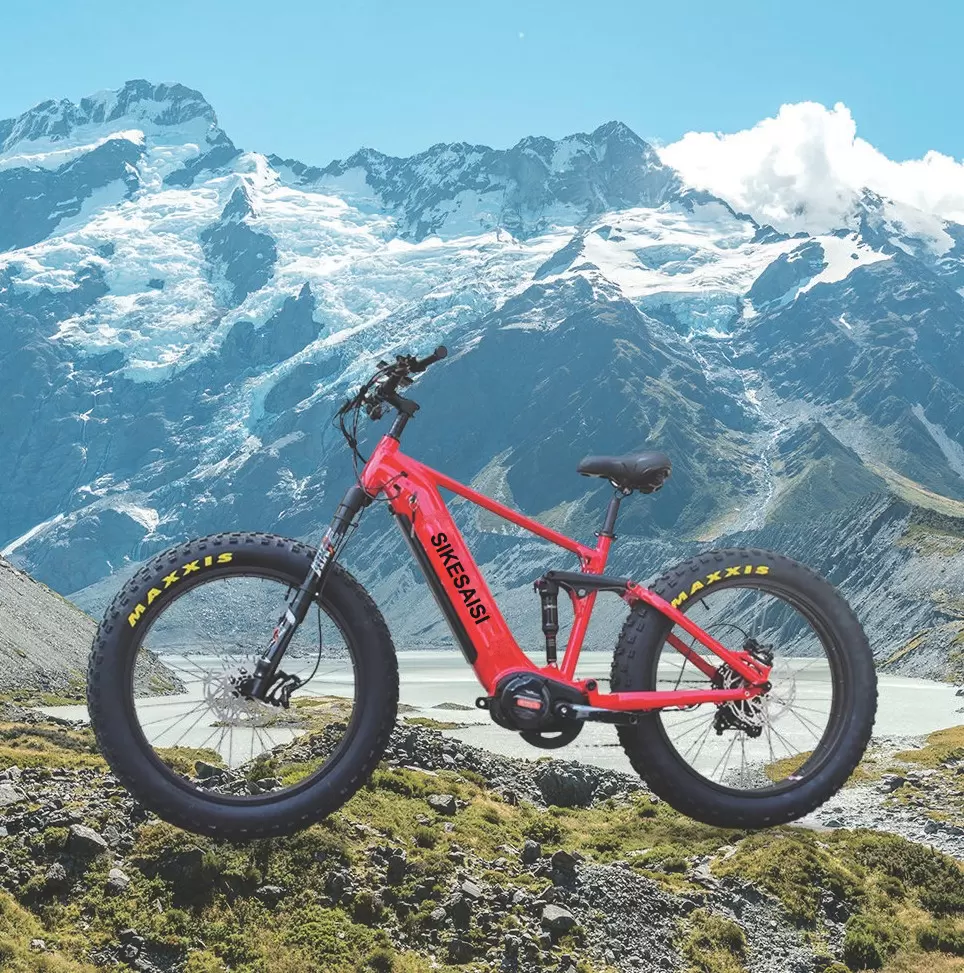How Long Does Electric Mountain Bike Battery work?

Electric mountain bikes (e-MTBs) are becoming increasingly popular, as they offer a variety of advantages over traditional mountain bikes. E-MTBs can help riders go further, faster, and more easily, making them a great option for both beginners and experienced riders.
One of the most important factors to consider when purchasing an e-MTB is the battery life. The battery life of an e-MTB is the distance that the bike can travel on a single charge. The battery life can vary depending on a number of factors, including the type of battery, the size of the battery, the weight of the rider, and the terrain that the bike is ridden on.
Understanding Battery Lifespan:
Before we dive into the specifics, it is essential to understand how battery lifespan is determined. The lifespan of an electric mountain bike battery is primarily influenced by two factors: the chemistry of the battery and how it is used and maintained.
Battery Chemistry:
Most electric mountain bike batteries utilize lithium-ion technology due to its high energy density and long cycle life. Lithium-ion batteries are known for their ability to hold a charge for extended periods and provide consistent power output. However, it is crucial to note that not all lithium-ion batteries are created equally. Different manufacturers may use varying chemistries, such as lithium iron phosphate (LiFePO4) or lithium cobalt oxide (LiCoO2), which can impact the overall lifespan.
Usage and Maintenance:
The way of usage and maintenance to an electric mountain bike battery also significantly affects its lifespan. Factors such as temperature, charging habits, and storage conditions play a vital role in determining how long a battery will last. High temperatures can accelerate battery degradation, while frequent deep discharges or overcharging can also impact its lifespan. Proper maintenance, such as regular cleaning and following our guidelines, is essential to ensure optimal battery performance.
Battery Lifespan Expectations:
While it is challenging to provide an exact figure for the lifespan of electric mountain bike batteries due to the aforementioned variables, a well-maintained battery can typically last between 2-5 years or approximately 500-1000 charge cycles. However, it is crucial to note that this is an average estimate, and individual results may vary.
Factors Affecting Battery Lifespan:
- Usage Patterns: The frequency and intensity of your rides can impact how quickly the battery degrades. Regular, moderate rides are less taxing on the battery compared to intense, prolonged rides.
- Terrain: Riding on steep inclines or rough terrains can put additional strain on the battery, potentially shortening its lifespan.
- Temperature: Extreme temperatures, both hot and cold, can affect battery performance. It is advisable to store and charge your electric mountain bike battery in a temperature-controlled environment.
- Charging Habits: Following proper charging practices, such as avoiding overcharging or deep discharges, can help extend the lifespan of your battery.
- Maintenance: Regularly cleaning your bike and keeping the battery contacts clean can prevent corrosion and ensure efficient power transfer.
Maximizing Battery Lifespan:
While it is inevitable that electric mountain bike batteries will eventually degrade over time, there are several steps you can take to maximize their lifespan:
- Follow Sikesaisi Guidelines: Always refer to the manufacturer's recommendations regarding charging, maintenance, and storage.
- Avoid Extreme Temperatures: Store and charge your bike in a temperature-controlled environment, avoiding exposure to extreme heat or cold.
- Charge Smartly: Avoid overcharging or deep discharges by unplugging the charger once the battery reaches full capacity.
- Moderate Your Riding Style: Opt for moderate rides rather than intense rides to reduce strain on the battery.
- Regular Maintenance: Clean your bike regularly, paying particular attention to the battery contacts to prevent corrosion.
When Recharge the Battery:
Charge it when battery remains 20%. This will ensure that your battery does not become completely drained, thereby damaging the battery.
If you are going on a long ride, please fully charge before setting off. This will ensure you have enough power to complete the entire ride.
If you are riding in cold weather, please fully charge before setting off. Cold weather can shorten battery life.
If you use electric assist frequently, please charge it regularly. This will help extend battery life.
Here are Some Specific Suggestions
If you are riding and have 20% battery left, stop at the next convenient place to recharge. This could be a rest stop, shop or your home.
If you are riding and have 10% battery left, stop immediately to charge. This will ensure you have enough power to return to your starting point.
If you are riding and have 5% battery remaining, please stop riding immediately. This will prevent your battery from draining completely, thereby damaging it.
Of course, you can tailor these suggestions to your own needs and preferences. For example, if you don't mind stopping to charge while riding, you can wait until you have 10% or 5% battery left. However, if you want to avoid stopping during your ride, you should fully charge it before setting off.
In conclusion, the lifespan of electric mountain bike batteries varies depending on several factors such as battery chemistry, usage patterns, and maintenance practices. While an average lifespan of 2-5 years or 500-1000 charge cycles is a reasonable expectation, it is crucial to note that individual results may vary. By understanding these factors and adopting proper maintenance, you can maximize the lifespan of your electric mountain bike battery and ensure optimal.










